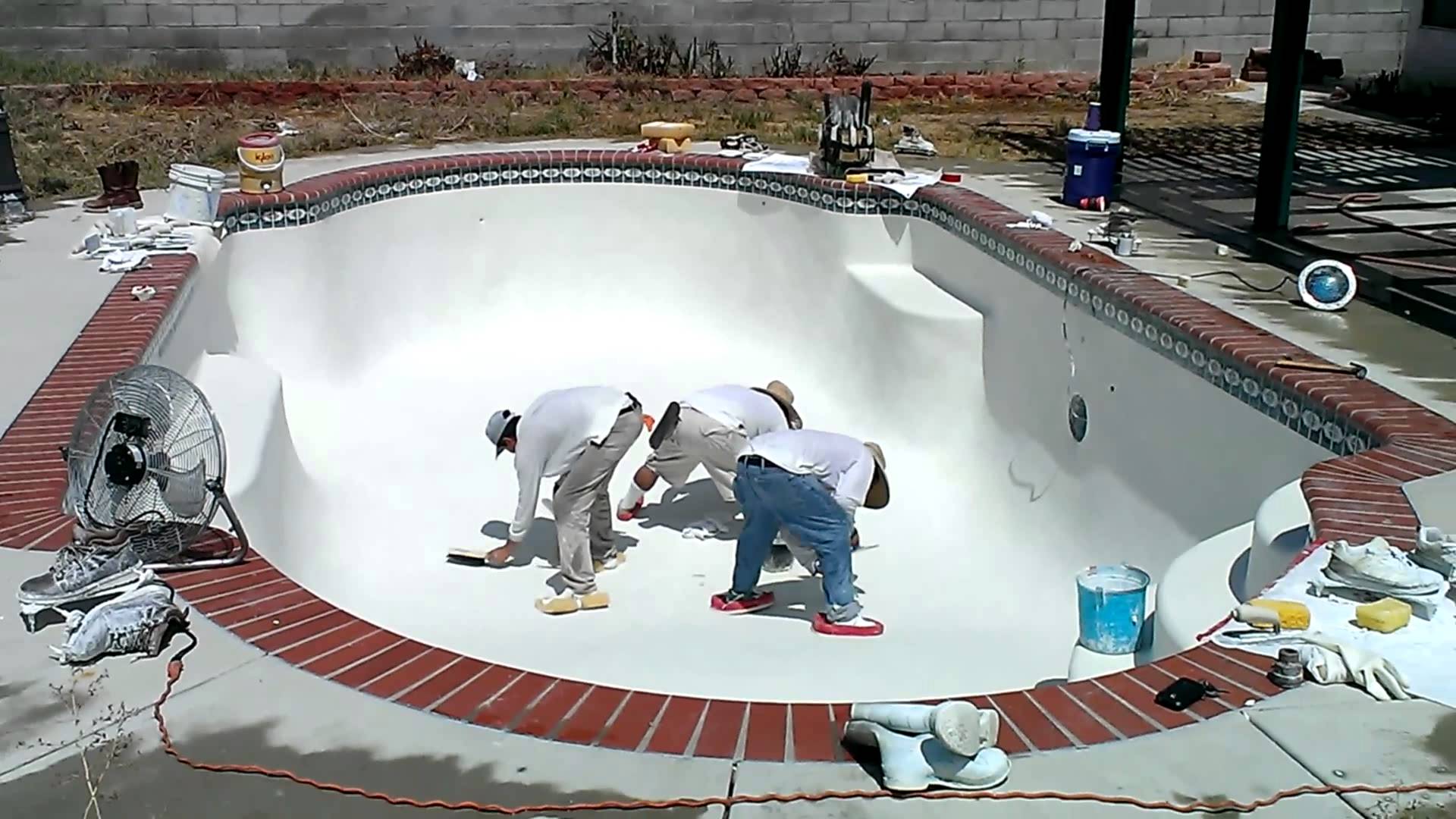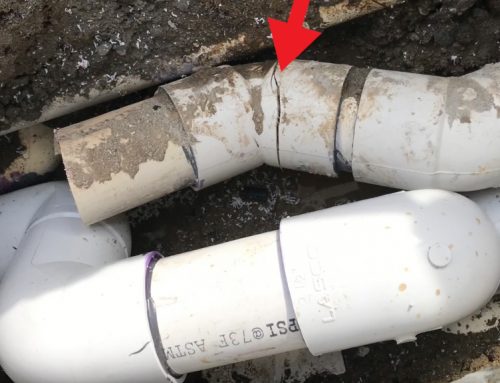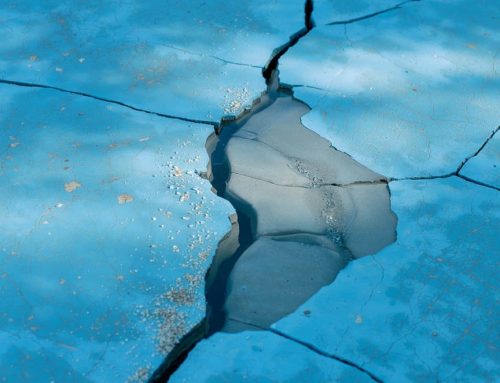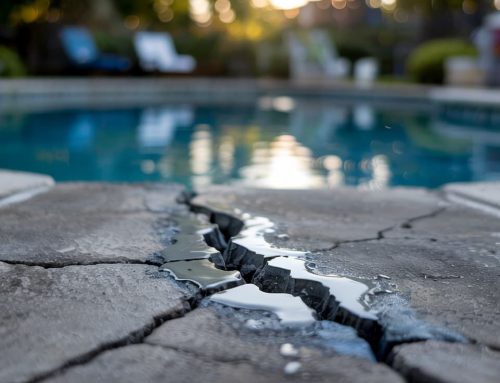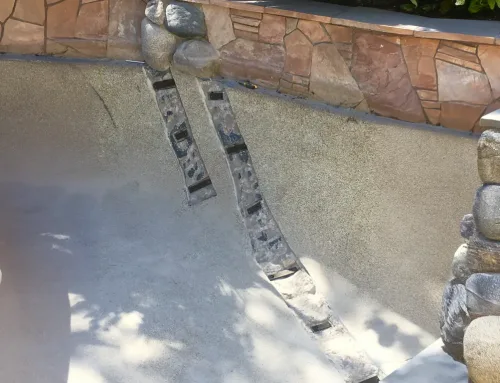When it comes to maintaining pools and spas, structural cracks are a common headache for pool plasterers. These cracks not only compromise the aesthetics but also threaten the integrity of the entire structure. Fortunately, there’s a solution that revolutionizes crack repair—Torque Lock Structural Systems. Read this blog article to learn more about Fixing Pool Plasterer Challenges with Torque Lock Staples.
Understanding Structural Cracks in Pools and Spas
Structural cracks are more than just surface imperfections; they signify underlying issues that can worsen over time. These cracks often result from factors like ground movement, settling, or subpar construction practices. Left unaddressed, they can lead to significant structural damage and even safety hazards.
Swimming pools, especially concrete ones, can develop cracks over time due to various reasons. Here are some common places where cracks typically occur in pools:
- Coping: The coping is the cap on the edge of a swimming pool. Since it is directly exposed to the elements and bears a lot of weight, it can crack due to weather changes, ground movement, or stress.
- Tile Line: The area where the pool tiles meet the pool wall can also be a common place for cracks. This can occur due to the settling of the pool, improper installation, or failure of the grout.
- Skimmer: The skimmer is an essential part of the pool’s filtration system, but it can also be a common place for cracks due to stress from water weight or ground movement.
- Main Drain: The area around the main drain can crack due to stress or shifts in the ground beneath the pool.
- Pool Walls and Floor: The walls and floor of the pool can develop cracks from ground movement, poor construction, or pressure changes. Vertical cracks in the pool walls are especially concerning as they can indicate structural problems.
- Expansion Joints: These are designed to absorb the expansion and contraction of materials due to temperature changes. If these joints are not properly installed or maintained, they can crack.
- Plumbing Lines: Although not visible, cracks can also occur in the plumbing lines of the pool. These cracks can cause leaks and may manifest as wet spots around the pool area.
- Beam Area: The beam is the part of the pool where the wall meets the deck. This area can experience significant stress and can crack, especially if the deck and the pool have shifted or settled differently.
It’s important to regularly inspect these areas and address any cracks early to prevent further damage and costly repairs. If you notice cracks, it might be best to consult with a professional to assess the severity and recommend the appropriate repairs.
Fixing Pool Plasterer Challenges with Torque Lock Staples
For pool plasterers, encountering structural cracks is a routine occurrence during plastering or resurfacing projects. Conventional repair methods, however, often fall short in providing long-lasting solutions. Patching or filling cracks may offer temporary relief, but they fail to address the root cause, leaving the structure vulnerable to further damage.
Pool plasterers face several challenges when plastering or resurfacing swimming pools, including:
- Structural Cracks: Structural cracks are a common issue we face during plastering or resurfacing projects. These cracks compromise the integrity of the pool and require effective repair solutions to prevent further damage.
- Surface Preparation: Proper surface preparation is essential for a successful plastering or resurfacing job. Ensuring a clean, smooth, and properly bonded surface is crucial for achieving a durable finish.
- Material Application: Applying plaster or resurfacing materials evenly and accurately can be challenging, especially on curved surfaces or intricate designs. Achieving the desired thickness and texture while avoiding air pockets or imperfections requires skill and experience.
- Curing and Drying: Proper curing and drying times are necessary to allow the plaster or resurfacing materials to set and bond effectively. Factors such as temperature, humidity, and weather conditions can affect the curing process and may require adjustments to the timeline.
- Water Chemistry: Maintaining proper water chemistry is essential for preserving the longevity of the plaster or resurfacing material. Improper water balance can lead to staining, scaling, or etching, requiring additional maintenance and potentially affecting the appearance of the pool surface.
- Client Expectations: Meeting the expectations of clients regarding the appearance, durability, and longevity of the pool surface can be challenging. Communication and collaboration with clients to understand their preferences and address any concerns are key to achieving satisfactory results.
Overall, navigating these challenges requires expertise, attention to detail, and the use of high-quality materials and techniques to ensure a successful pool plastering or resurfacing project.
What You Need to Know About Torque Lock Staples
Our product is a game-changer in the realm of structural crack repair. Our staples offer a unique approach involving post-tension and controlled compression to stabilize cracked structures effectively. These staples not only bridge the gap but also reinforce the surrounding area, providing a durable and lasting solution to structural cracks.
The Repair Process
The repair process with Torque Lock staples is straightforward yet highly effective. First, we prepare the cracked area by cleaning and roughening the surface. Next, we install Torque Lock staples strategically across the crack, applying tension and compression to secure the structure. Finally, we finish the area to restore its original appearance. Check out our detailed demonstration videos to learn more about the Torque Lock installation process.
Benefits of Torque Lock Structural Systems
The benefits of using Torque Lock staples for structural crack repair are manifold. These innovative solutions offer unparalleled durability, reliability, and cost-effectiveness compared to traditional methods. By stabilizing cracked structures, Torque Lock repairs extend the lifespan of pool and spa structures, saving both time and money in the long run.
Conclusion
Structural cracks pose significant challenges for pool plasterers, but with Torque Lock Structural Systems, they can overcome these challenges effectively. By addressing the root cause of cracks and providing durable solutions, Torque Lock staples ensure the longevity and safety of pool and spa structures. For pool plasterers and contractors seeking reliable crack repair solutions, Torque Lock is the answer.
Don’t let structural cracks compromise your pool or spa—discover the power of Torque Lock today! For more information, give us a call at 818-436-2953.

